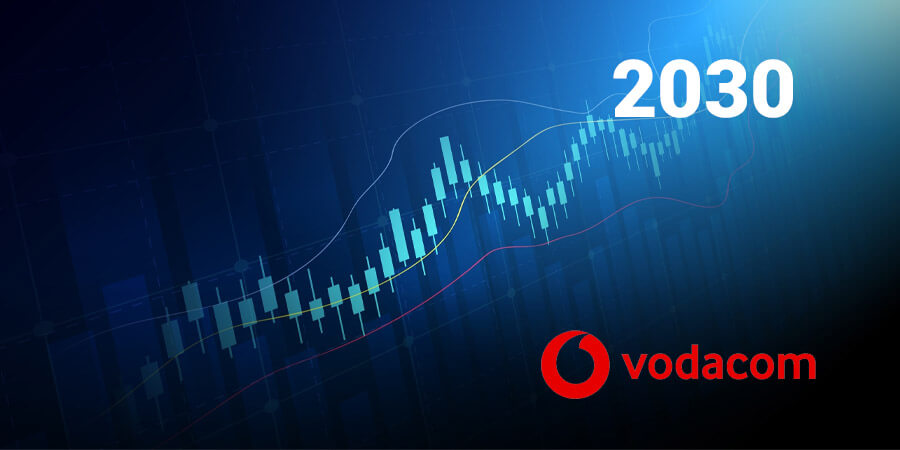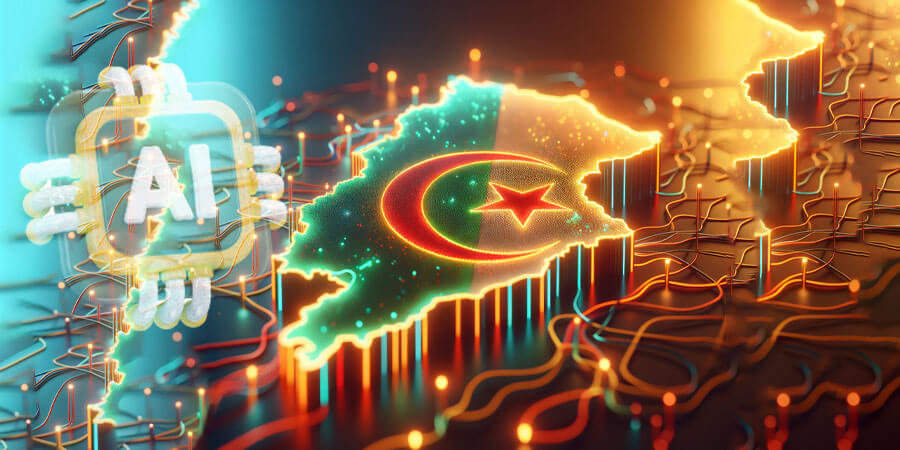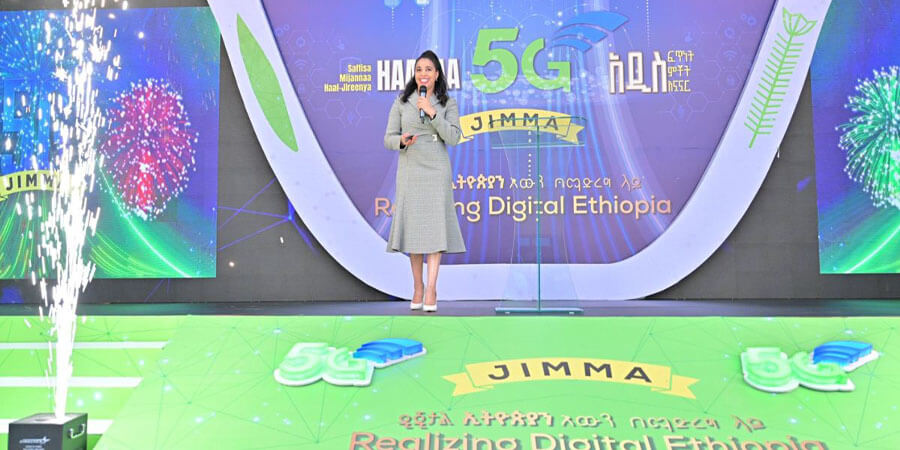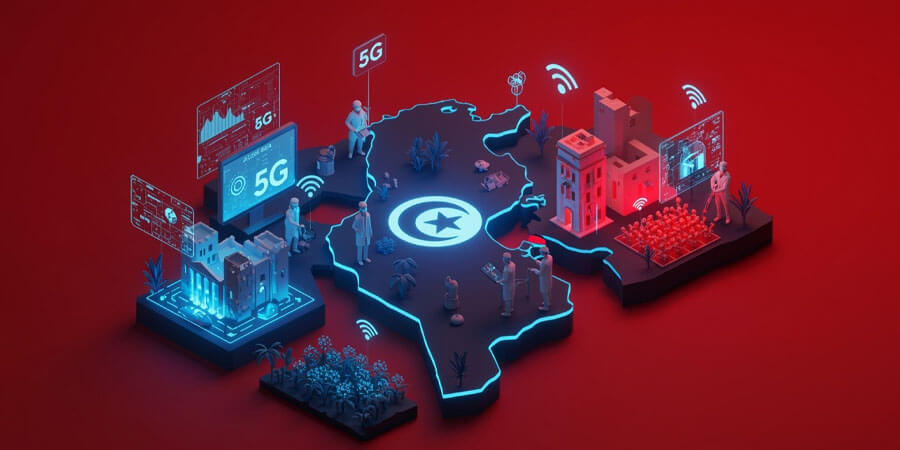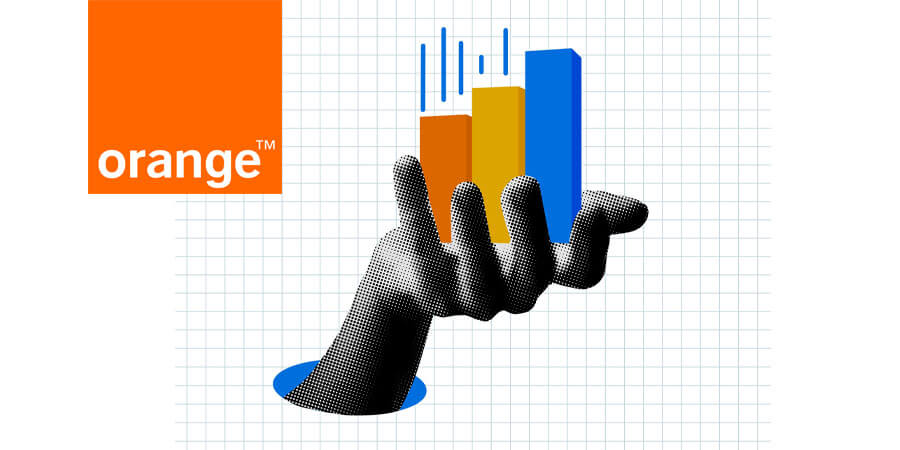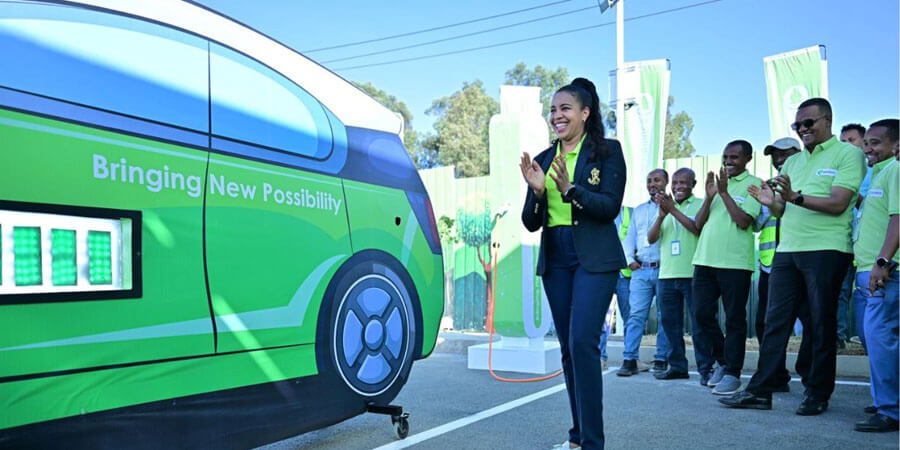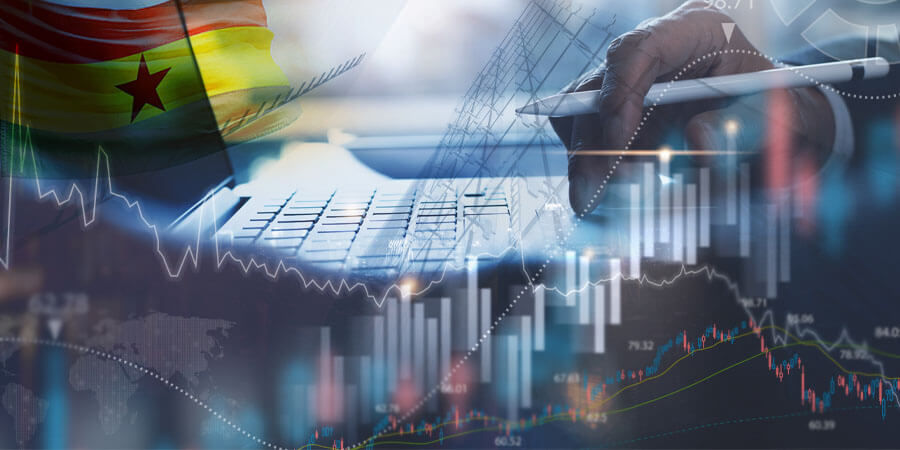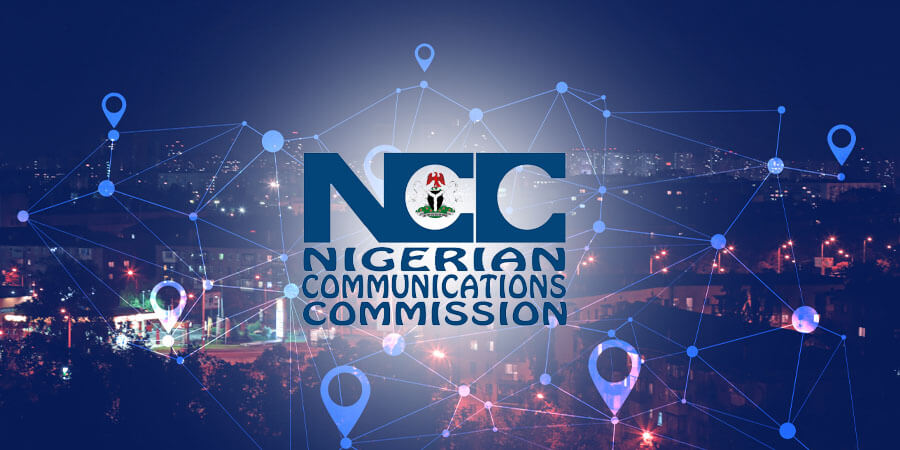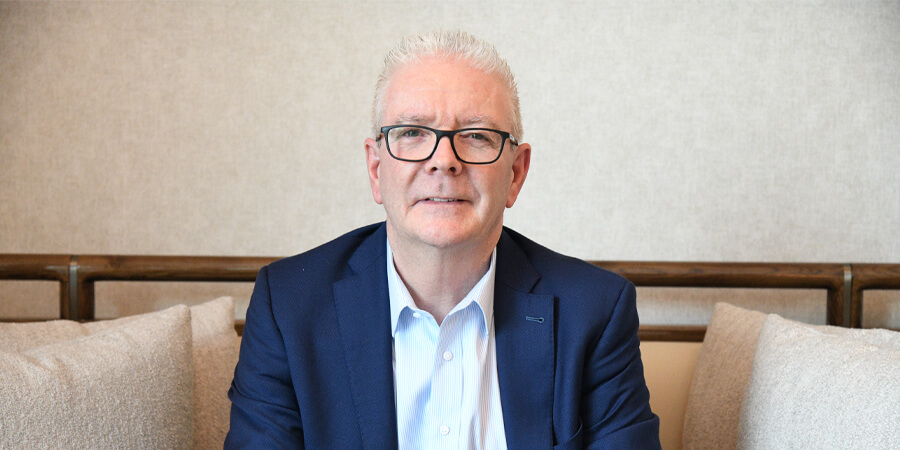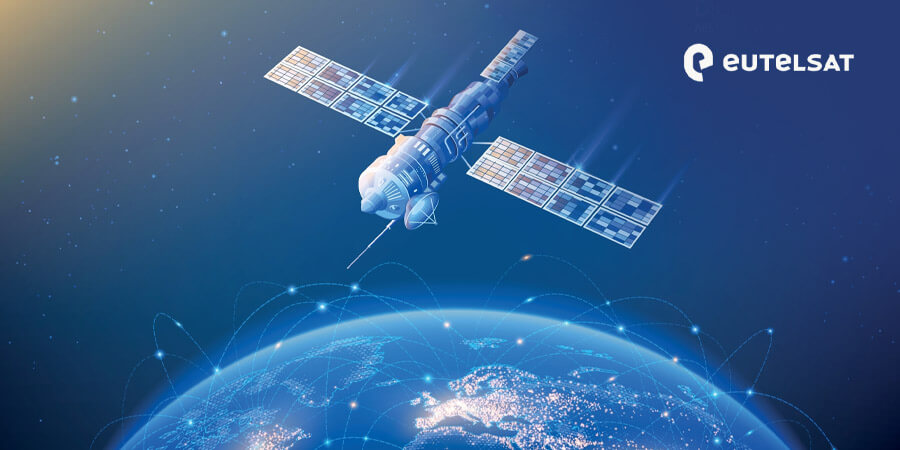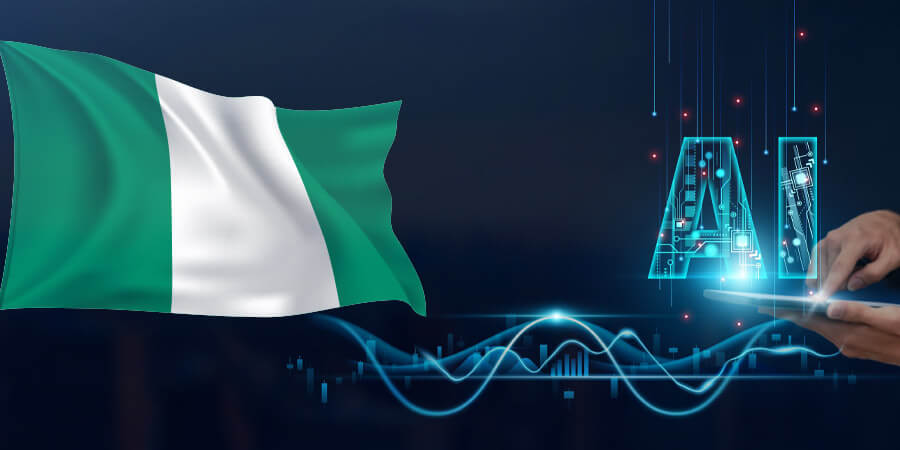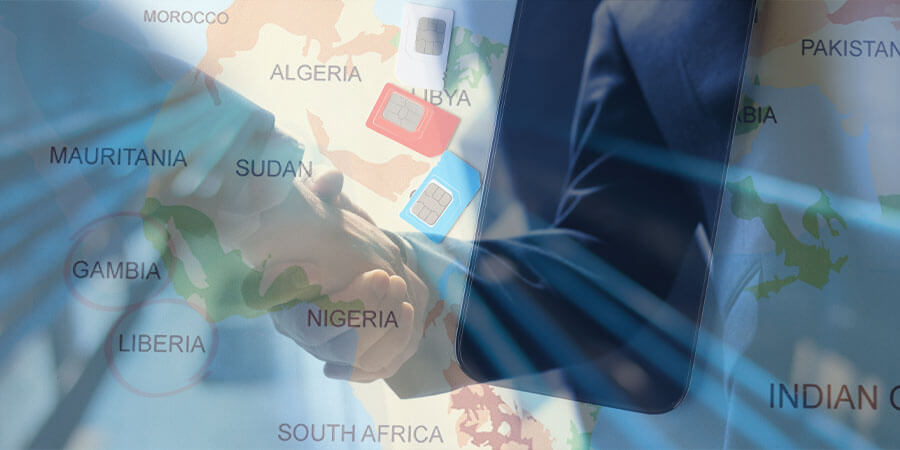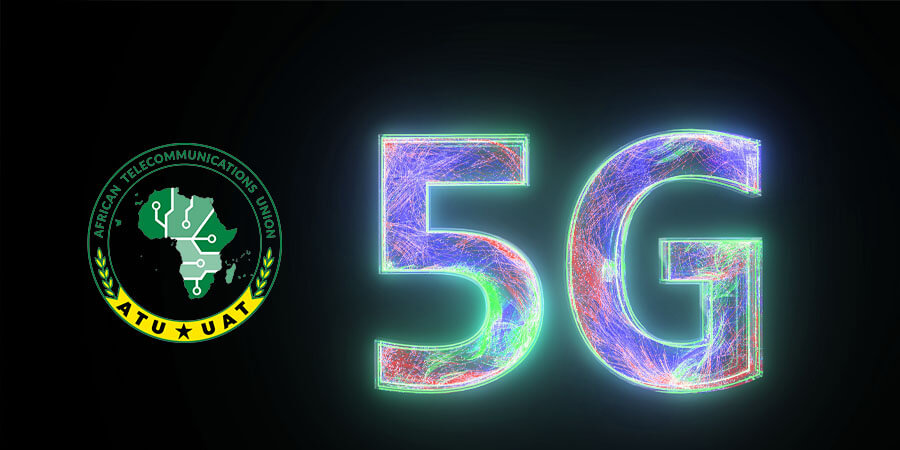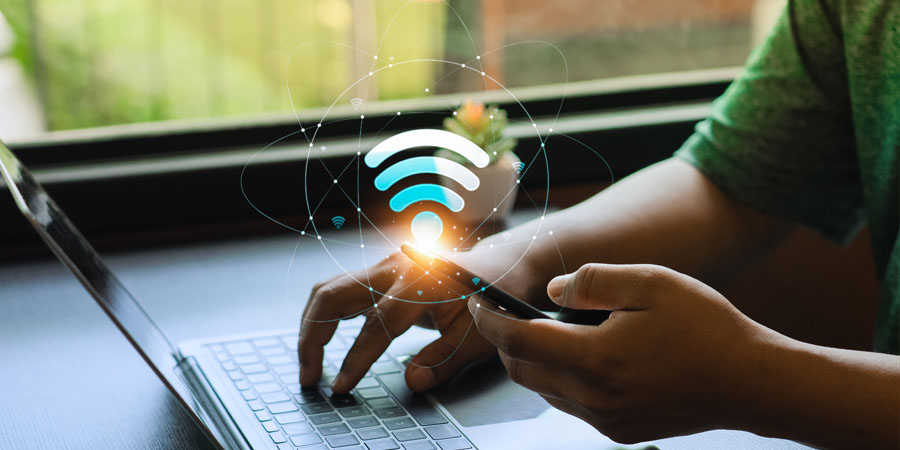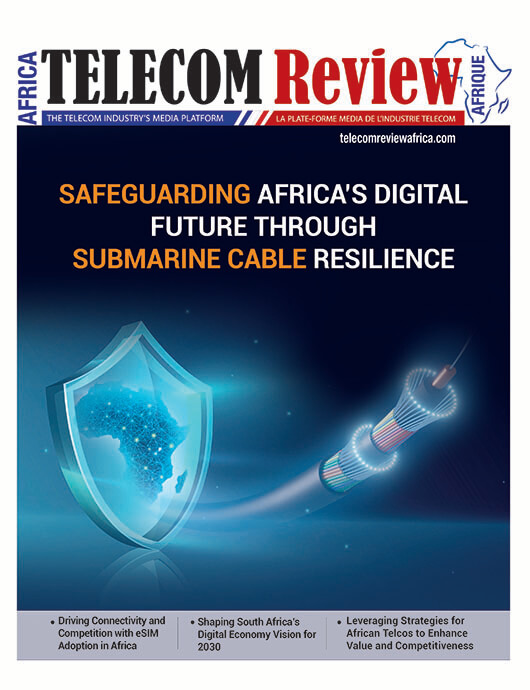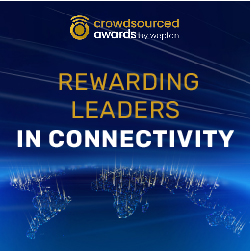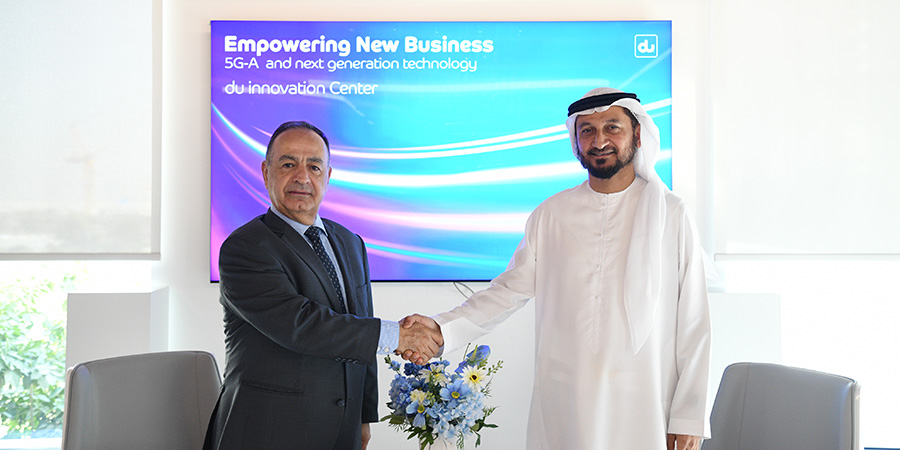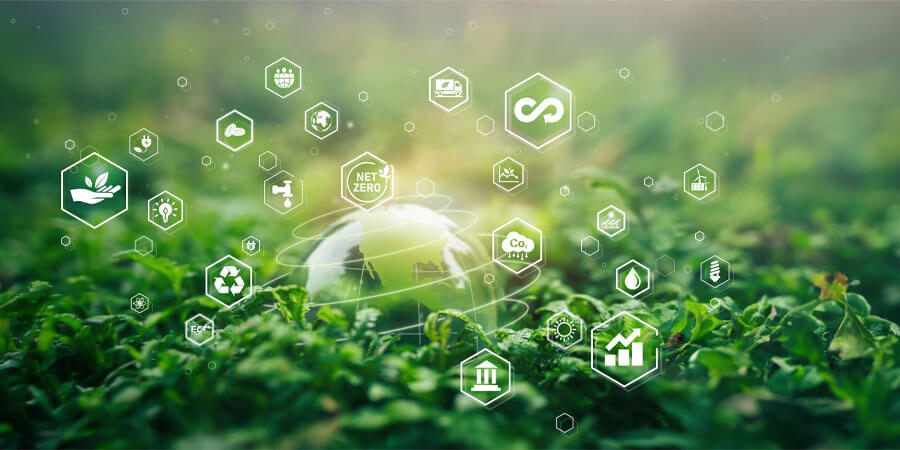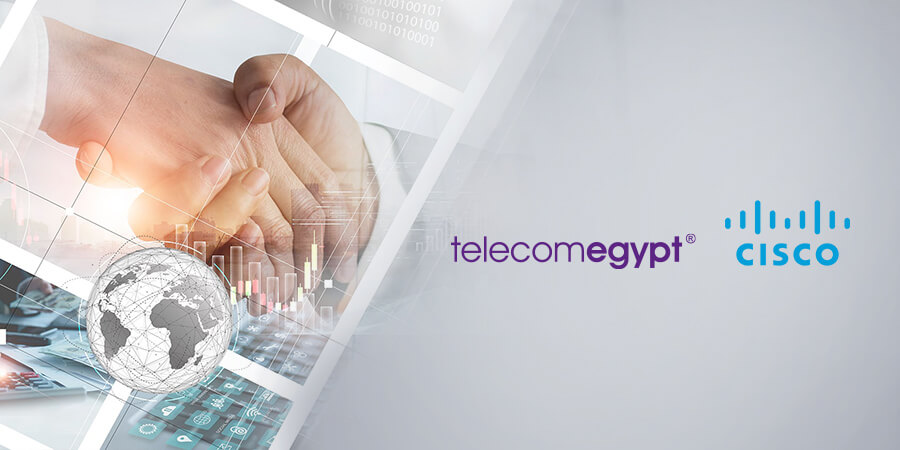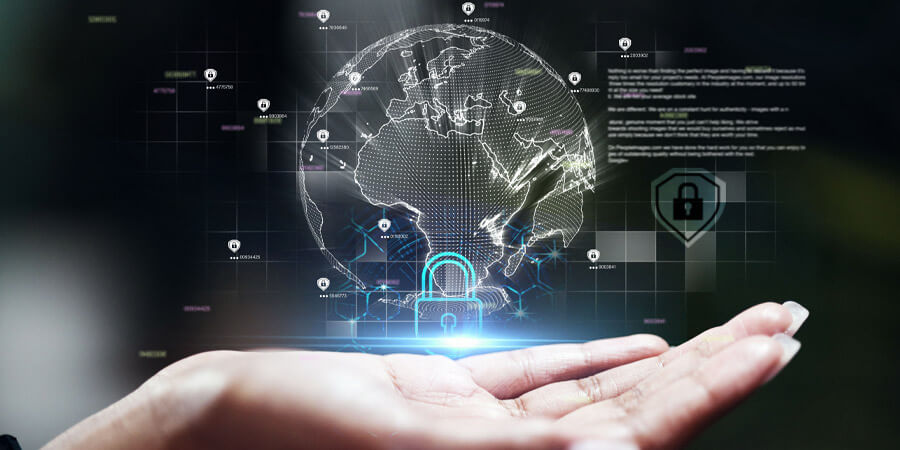Africa’s digital transformation has accelerated in recent years, spurred by the rapid adoption of new technologies, expanding mobile and internet penetration, and increasing innovation. Central to this transformation is the emergence of hyperconnected ecosystems, which are creating unprecedented opportunities for collaboration, innovation, and growth across various sectors.
These ecosystems, characterized by interconnected platforms, services, and devices, are reshaping industries like finance, agriculture, and healthcare, driving economic growth and enhancing Africa’s position in the global digital economy.
The Rise of Hyperconnectivity in Africa
Africa's connectivity landscape has evolved dramatically, fueled by investments in digital infrastructure, government initiatives, and private-sector involvement. Telecommunications companies have expanded their networks, with mobile internet penetration in Sub-Saharan Africa reaching 43% by 2023. The increasing affordability of smartphones and data has empowered millions of Africans to access digital services, laying the foundation for a highly interconnected environment.
Hyperconnectivity, however, extends beyond basic internet access. It involves creating ecosystems where digital platforms, devices, and services interact seamlessly. Built on cloud computing, the Internet of Things (IoT) and artificial intelligence (AI) enables businesses, governments, and individuals to collaborate in real-time, regardless of location.
Countries like Kenya, Nigeria, and South Africa have been pioneers in leveraging hyperconnected ecosystems to drive innovation and develop new business models. Kenya’s fintech giant, M-PESA, for example, evolved from a mobile money service into a broader ecosystem, encompassing insurance, loans, and savings—all accessible through a single platform. This hyperconnectivity seamlessly integrates financial services into daily life, promoting financial inclusion and fueling economic growth.
Driving Innovation through Hyperconnected Ecosystems
Innovation thrives in hyperconnected ecosystems, as they facilitate the exchange of ideas, resources, and knowledge across industries and borders. In Africa, this has led to the rise of tech hubs and innovation centers, nurturing new solutions to local and global challenges.
Agritech startups, for instance, are harnessing IoT and data analytics to enhance agricultural productivity. In countries like Ghana and Rwanda, hyperconnected platforms provide farmers with real-time information on weather, crop prices, and pest control, enabling them to make informed decisions and improve yields. This connectivity has the potential to revolutionize agriculture in Africa, increasing food security and reducing dependence on imports.
Companies like Twiga Foods (Kenya) optimize the agricultural supply chain by providing farmers with real-time insights on demand and pricing, while Farmcrowdy (Nigeria) connects small-scale farmers with investors and offers data on weather and crop growth. Zenvus (Nigeria) uses IoT sensors to monitor soil health and optimize irrigation, and Aerobotics (South Africa) provides drone-powered analytics for early disease detection in crops. Hello Tractor (Nigeria) connects farmers with mechanized services through IoT-enabled tractors, while Lori Systems (Kenya) improves agricultural logistics through data-driven solutions.
Healthcare is another sector benefiting from hyperconnected ecosystems. Telemedicine platforms are connecting patients in remote areas with medical professionals in urban centers, addressing the healthcare access gap. These platforms rely on cloud-based systems to store patient data and IoT-enabled devices to monitor vital signs, ensuring doctors can provide accurate diagnoses even from a distance. The COVID-19 pandemic accelerated the adoption of such technologies, underscoring the critical role hyperconnectivity plays in improving healthcare delivery.
Platforms like Vezeeta (Egypt) and Babylon Health (Rwanda) enable patients to connect with doctors through mobile apps, while mPharma (Ghana) combines telemedicine with pharmaceutical distribution for chronic disease management. Helium Health (Nigeria) integrates electronic medical records with telemedicine services, and Kena Health (South Africa) provides affordable virtual consultations with healthcare professionals.
Economic Growth and Job Creation
The impact of hyperconnected ecosystems on Africa’s economic growth is profound. By enabling innovation, these ecosystems are driving the creation of new industries and business models, many of which are digitally native. E-commerce, for example, has flourished due to the connectivity provided by mobile phones and digital payment systems, allowing African entrepreneurs to reach customers beyond their local markets. Platforms such as Jumia and Flutterwave not only facilitate cross-border trade but also create jobs and stimulate economic activity in previously underserved areas.
Moreover, hyperconnected ecosystems are attracting significant international investment. Global tech giants like Microsoft, Google, and Amazon have recognized Africa’s digital potential and are investing heavily in the region. This influx of capital is helping to build the infrastructure necessary for further digital transformation, including data centers and fiber-optic networks. As a result, African startups are scaling their operations and competing on the global stage.
Challenges to Overcome
Despite the promise of hyperconnected ecosystems, significant challenges remain. Infrastructure gaps, especially in rural areas, pose a major hurdle. While urban centers like Nairobi, Lagos, and Johannesburg are thriving, many parts of Africa still lack reliable internet access and electricity, limiting the reach of digital services.
Cybersecurity is another pressing concern. According to a study conducted by Liquid Intelligent Technologies in 2023, hacking across Africa has seen a significant increase, particularly in South Africa and Kenya, where it almost doubled over the past year from 41% in 2021 to 72% in 2022.
As businesses and individuals become increasingly connected, the risk of cyberattacks grows. To maintain trust in digital platforms, governments and companies must invest in robust cybersecurity frameworks. Cross-border collaboration between countries and industries will be essential for addressing these challenges and ensuring the security of Africa’s hyperconnected ecosystems.
Regulatory frameworks also need to keep pace with rapid technological changes. Governments across Africa are working to craft policies that encourage innovation while protecting consumers and ensuring fair competition. Finding the right balance between regulation and fostering innovation will be crucial to sustaining the growth of hyperconnected ecosystems.
African nations are increasingly implementing cybersecurity policies to combat growing cyber threats and protect critical infrastructure. The African Union's Malabo Convention provides a continental framework for data protection and cybercrime governance. Countries like South Africa (National Cybersecurity Policy Framework), Kenya (National Cybersecurity Strategy), and Nigeria (National Cybersecurity Policy and Strategy) have developed comprehensive strategies focusing on securing critical infrastructure, enhancing capacity, and promoting public-private partnerships. Other nations like Ghana, Rwanda, and Mauritius have launched policies to strengthen cybersecurity awareness, legal frameworks, and international cooperation. Egypt has also introduced the Anti-Cyber and Information Technology Crimes law to address cyber offenses and protect data.
The rise of hyperconnected ecosystems in Africa marks a transformative shift, driving innovation, economic growth, and job creation across the continent. By facilitating collaboration across industries and removing geographical barriers, these ecosystems unlock new opportunities for businesses and individuals alike. While challenges remain, Africa’s digital transformation is well underway. As hyperconnectivity continues to expand, it will play an increasingly central role in positioning Africa as a global hub for innovation and growth.





